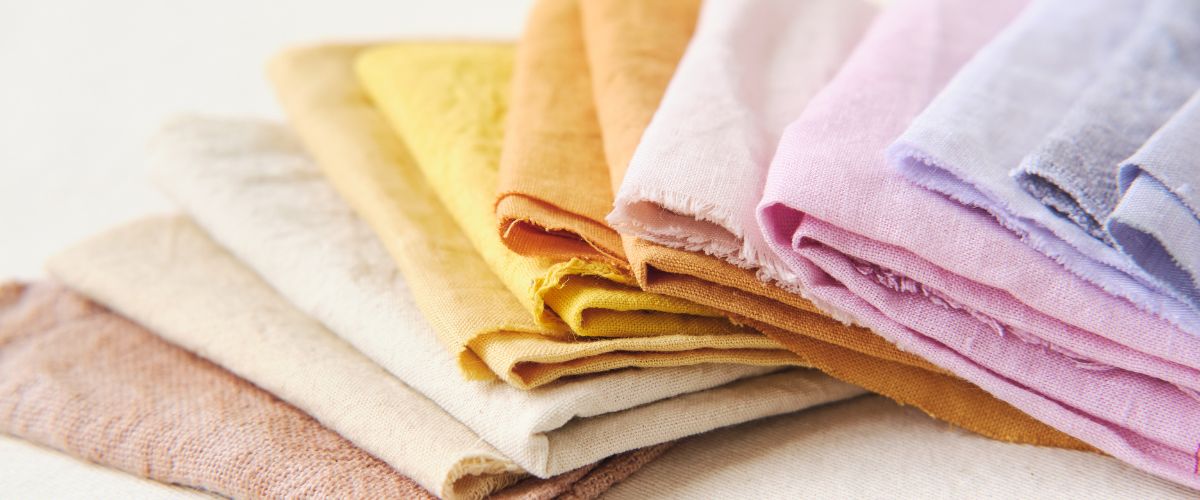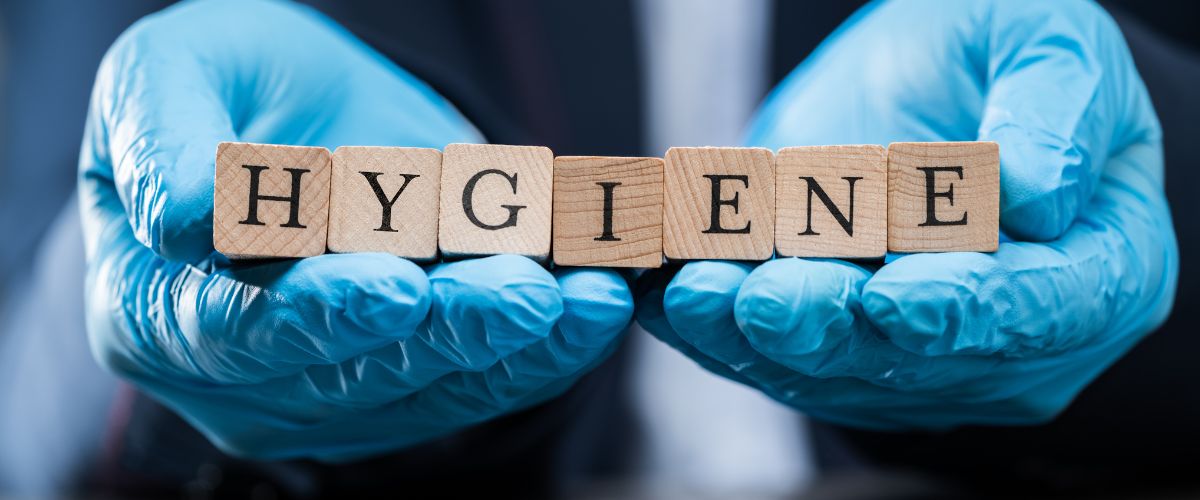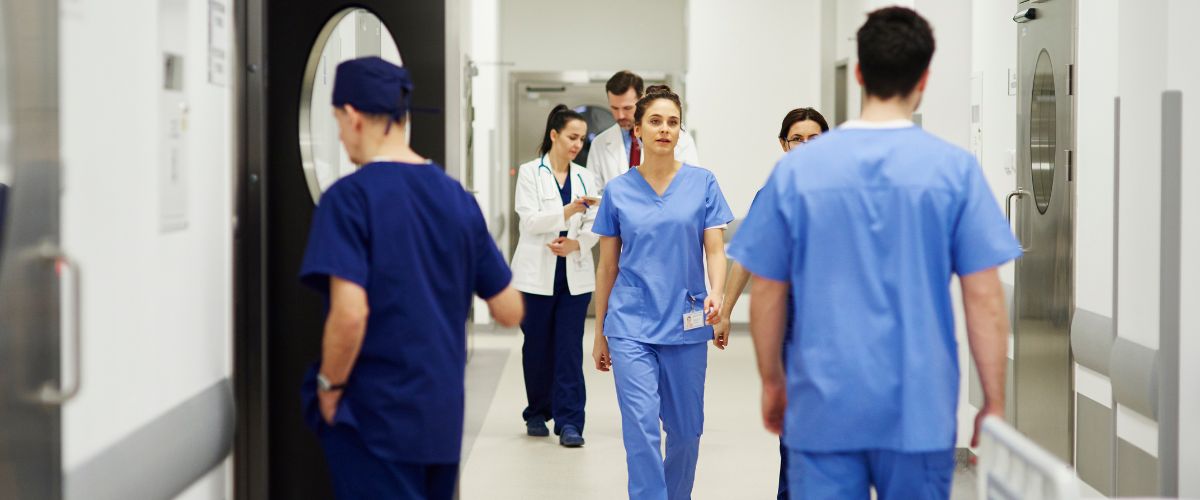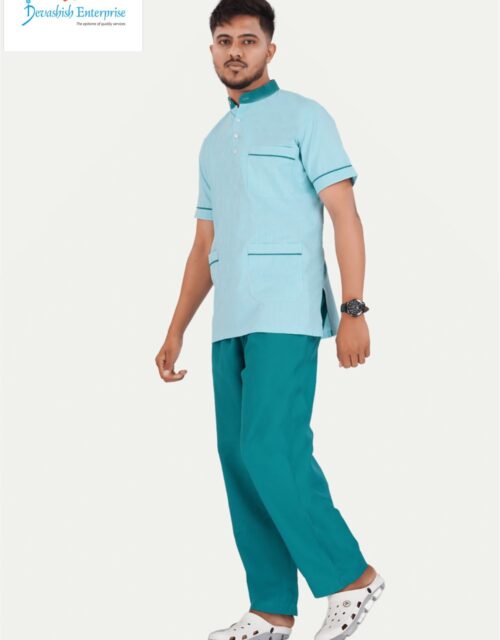A Complete Guide to Choosing the Right OT(Operation Theater) Dress For Hospitals.

Choosing the right hospital & operation theatre dress for healthcare staff is more than just a matter of aesthetics. The right uniforms can improve comfort, boost performance, and create a professional image for your facility.
From doctors to nurses and support staff, hospital uniforms play a crucial role in healthcare operations. If you’re looking for the ideal uniform for your healthcare facility, this guide will help you navigate key considerations, especially for general hospital uniforms and OT dress for hospitals.
Fabric Quality and Durability

Healthcare professionals often work long shifts, and their operation theatre dress needs to withstand the demands of a busy environment. The fabric must be durable enough to handle regular laundering and sterilisation processes.
When choosing hospital uniforms, look for high-quality, long-lasting materials that maintain their integrity over time. Cotton-polyester blends are popular for their durability, while antimicrobial fabrics are ideal for ensuring hygiene in environments like operating theatres (OTs).
For OT dress for hospitals, the fabric must also provide extra protection. Operating theatres require scrubs made from fluid-repellent or stain-resistant materials to ensure safety and cleanliness.
Breathable, comfortable fabrics with antimicrobial properties ensure that hospital staff remain protected throughout their shifts.
Comfort and Fit In Operation Theatre Dress

Healthcare workers spend many hours on their feet, often in fast-paced environments. Comfortable operation theatre dress that fit well are crucial for maintaining productivity and morale. Ill-fitting or uncomfortable uniforms can distract staff and reduce efficiency.
Consider offering a range of sizes and styles to accommodate different body types and preferences. For OT dress for hospitals, comfort is just as essential. Surgeons, nurses, and technicians need uniforms that allow them to move freely, especially in high-pressure scenarios.
Well-fitted scrubs that offer flexibility and are not too tight or too loose can significantly improve job performance and minimize distractions during surgeries.
Functionality and Practical Design

Practicality is another important factor when choosing operation theatre dress. The uniforms should feature functional designs with pockets and compartments to help healthcare workers store essential tools like pens, notepads, or stethoscopes.
The placement of pockets and overall design should ensure that staff can easily access what they need during their shifts.
In the case of OT dress for hospitals, functionality becomes even more crucial. Scrubs for operating theatres must be free of any unnecessary elements that could pose contamination risks.
Simplicity, cleanliness, and a sterile design should be prioritized for OT scrubs. Make sure that OT scrubs also allow for easy donning and doffing to ensure hygiene protocols are strictly adhered to.
Hygiene and Infection Control In Operation Theatre

Hospital uniforms are constantly exposed to bacteria and germs. Therefore, selecting uniforms that prioritize hygiene is critical. Antimicrobial and moisture-wicking fabrics can help reduce the spread of infections and keep healthcare staff safe.
Additionally, uniforms should be easy to clean and disinfect, withstanding high-temperature washes without degrading in quality.
For operation theatre dress for hospitals, this aspect cannot be overstated. Scrubs in the operating theatre must meet the highest hygiene standards. They should be designed for easy sterilization, and made from materials that reduce the risk of bacterial transmission.
operation theatre dress should be single-use or easily disinfected to meet stringent infection control protocols.
Professional Appearance and Brand Identity

Beyond functionality and hygiene, hospital uniforms contribute to the overall image of your healthcare facility. A consistent uniform policy can enhance the professional appearance of staff and build trust with patients.
Hospitals can also customize uniforms to reflect their brand, using specific colors, logos, or embroidery to create a sense of identity and unity among the staff.
In operation theatre dress for hospitals, while fashion is secondary, a clean, professional appearance is still vital. Color-coded scrubs can help quickly identify different teams, improving communication and efficiency in the operating room.
Conclusion
Choosing the right hospital uniforms, whether for general healthcare or operation theatre dress for hospitals, is a multifaceted process. Key factors include fabric quality, comfort, functionality, hygiene, and professional appearance.
Investing in high-quality uniforms that cater to the specific needs of healthcare professionals will ensure that your staff performs at their best while maintaining safety and hygiene.
By considering these factors, your healthcare facility can create a professional, efficient, and safe environment for both staff and patients.







